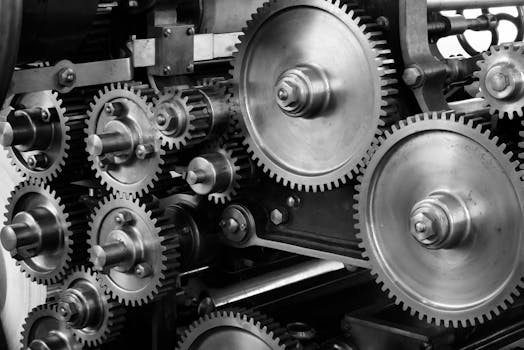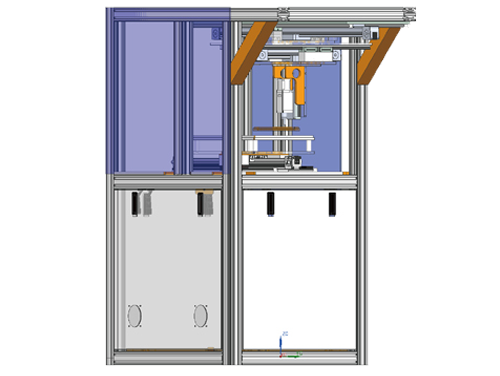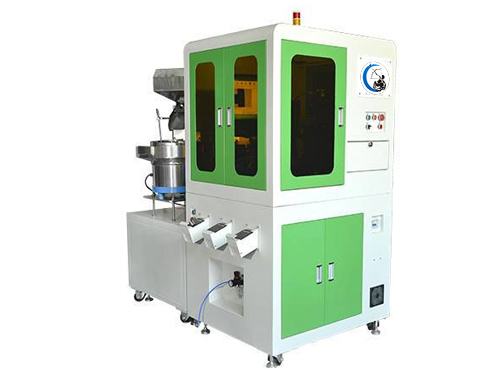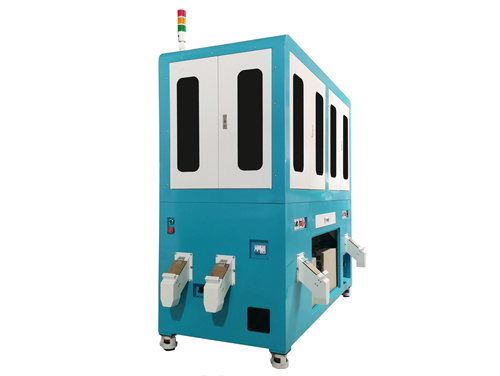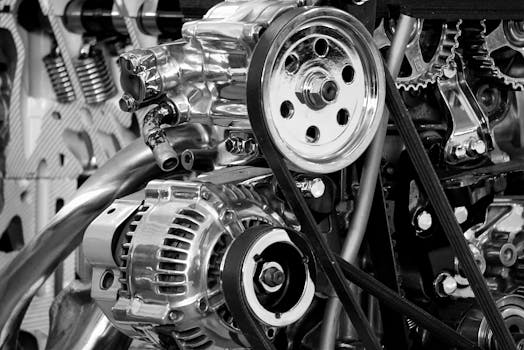
Why Should Manufacturers Invest in Non-Standard Automatic Material Feeding Machines?
2025-10-09
If you’re running a production line, you may wonder: Is investing in a non-standard automatic material feeding machine really worth it? The answer is yes, especially when your production process requires flexibility, precision, and efficiency.
The Advantages of Non-Standard Feeders
-
Higher Production Efficiency – Automated feeding eliminates downtime caused by manual material handling.
-
Consistent Quality – Accurate feeding reduces errors and improves product consistency.
-
Cost Savings – Less reliance on manual labor lowers operating costs.
Manufacturers often overlook how much time and resources are wasted in manual or semi-automatic feeding processes. Non-standard feeders solve this problem effectively.
Applications Across Industries
Non-standard automatic material feeding machines are widely used in:
-
Electronics assembly lines
-
Automotive parts production
-
Packaging and labeling lines
-
Custom manufacturing requiring unique material sizes
The versatility of non-standard feeders ensures that even unique production challenges can be met efficiently.
How to Choose the Right Machine
When selecting a non-standard automatic material feeding machine, consider:
-
Material types and sizes
-
Required feeding speed and capacity
-
Integration with existing production lines
-
Supplier support and customization options
Many companies now rely on Chinese manufacturers and suppliers because they offer cost-effective solutions tailored to specific production needs.
Investing in a non-standard automatic material feeding machine can transform your production line. With improved efficiency, reduced labor costs, and greater accuracy, these machines are a practical choice for any manufacturer aiming to stay competitive.

